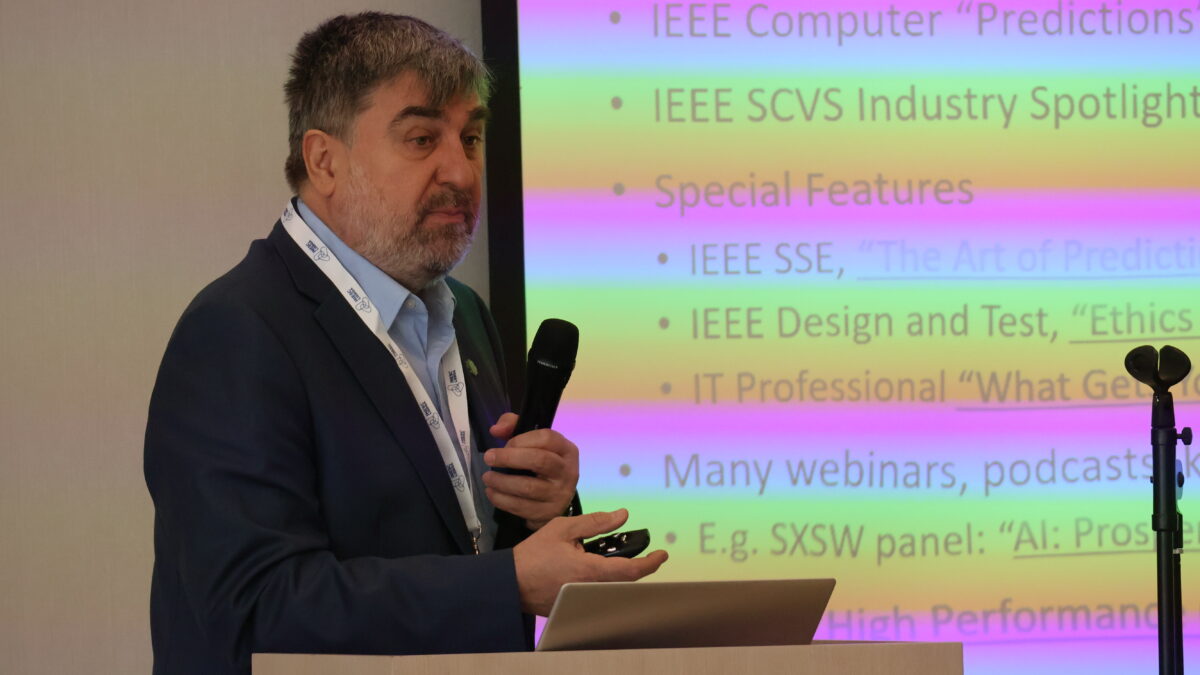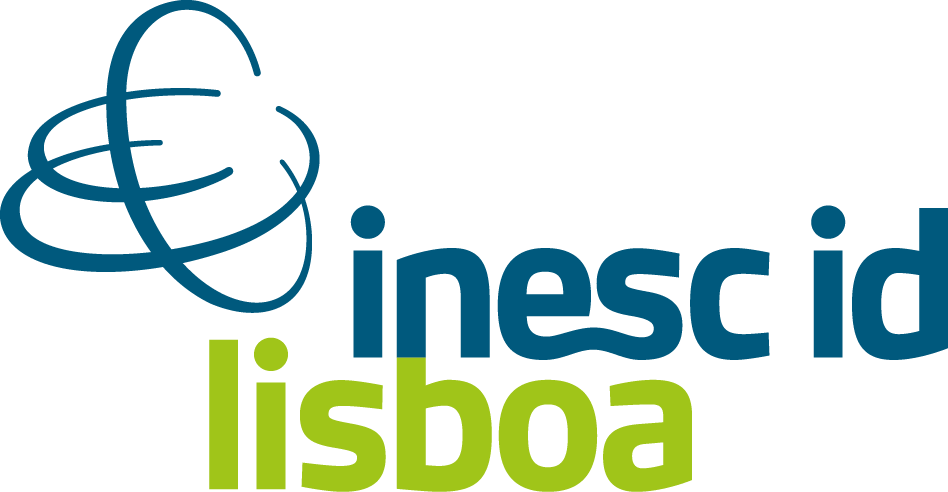
INESC Lisboa Annual Meeting keynote speaker, Dejan Milojicic, on Technology Megatrends and the role of AI as an equalizer
It took Dejan Milojicic more than twenty years to understand the way of life in the United States. “Now I am at peace”, he shares, before delivering the keynote lecture at INESC Lisboa Annual Meeting. For the last 15 years, the HPE Fellow and VP, and former President of the IEEE Computer Society, has been involved in the production of the IEEE Technology Megatrends Report, which identifies the technologies with the greatest opportunities and potential impact for the future. Compiled annually by 50 experts, the report draws data from three different sources: the United States Patent Office, Google and IEEE digital library. The meticulous work pays off, he believes, since “it appeals to people.”
A megatrend influences the evolution of multiple trends, making it crucial to understand these overarching patterns—it is both the sum of individual trends and a guiding force, often shaping perceptions that then influence its components. “A megatrend impacts multiple factors—technological, economic, social, and ecological,“ he explains.
This year’s report identifies three major areas of focus: Sustainability, Artificial General Intelligence and Digital Transformation – topics that were discussed in the meeting’s parallel sessions. Under these three topics we can find wearables and computer brain interface, digital twins, space technologies and also energy storage and autonomous technologies. For Milojicic, the report is followed by the industry – timely productization of near-horizon technologies – governments – early regulation of technologies that cause concern – academia – globally train trainers for key megatrends – and professional organizations – help develop standards suited for increased speed of tech introduction. Of course, sometimes there are “strong mistakes”, such as the overemphasis on combating misinformation in the 2023 report. But, as he says, “there are factors that can disrupt everything—war, COVID—but this shouldn’t stop us from making predictions.“
Discussing the dual nature of technology, Milojicic emphasizes that “any technology can be an enabler or a weapon,” which underscores the need for careful governance. Governments play a crucial role, he noted, by creating regulations that manage risks while fostering innovation. This is particularly relevant in fields like AI, where rapid advances can either reduce inequalities (AI as an equalizer) or exacerbate them if left unchecked. For this reason, Milojicic stresses the importance of regulatory frameworks that balance the benefits of technological adoption with ethical considerations and societal impacts.
Companies and the educational system also should have a role to play on this. “All schools should forbid using AI for exams or to write articles”, he defends, giving the example of some companies where people are not allowed to use AI, at least external tools for confidentiality concerns.
Looking at the trends identified in the 2024 report—sustainability, artificial general intelligence (AGI), and digital transformation—Milojicic describes these as “richness-blind” trends, meaning they offer potential for widespread adoption without requiring significant infrastructural changes. He draws on the example of mobile phones, which transformed communication in regions like India without the extensive infrastructure overhaul required in Western countries. Similarly, some developing nations could be ideal environments for testing new megatrends related to sustainability, AI, and digital transformation, potentially helping to bridge inequalities.
On his way to visit his hometown, Belgrade, Serbia, Milojicic notes that he feels at home wherever he goes in Europe.
Text by Sara Sá, Science Writer | Communications and Outreach Office, INESC-ID / © 2024 INESC-ID
Images | © 2024 INESC-ID
